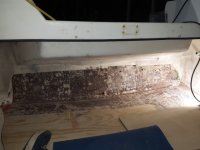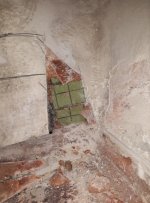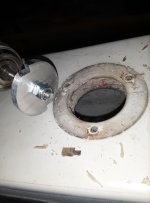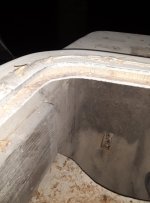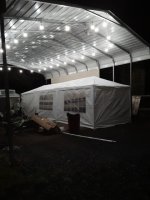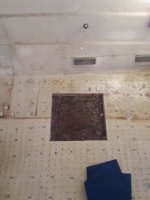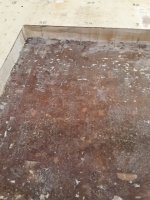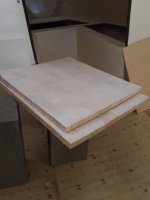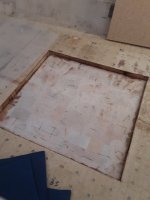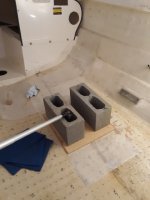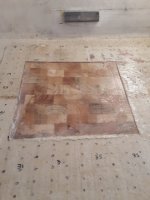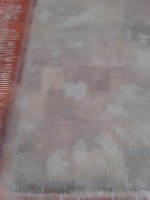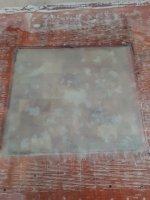clayhubler
Member
- Joined
- Aug 3, 2019
- Messages
- 394
- Reaction score
- 2
- C Dory Year
- 1986
- C Dory Model
- 26 Pro Angler
- Vessel Name
- Merlin
John, thanks for that video link. That looks like something I could do! I have watched many of Andy's videos in the past. Really good stuff.
San Juanderer, thanks for the kind words. Like you say, I am consoled by the fact that I would not be able to buy the boat I will have when I'm done for any price. It should be better than new, completely bulletproofed, and fully customized. Makes me want to repower it, too, but these Hondas only have 400 hours.
San Juanderer, thanks for the kind words. Like you say, I am consoled by the fact that I would not be able to buy the boat I will have when I'm done for any price. It should be better than new, completely bulletproofed, and fully customized. Makes me want to repower it, too, but these Hondas only have 400 hours.



